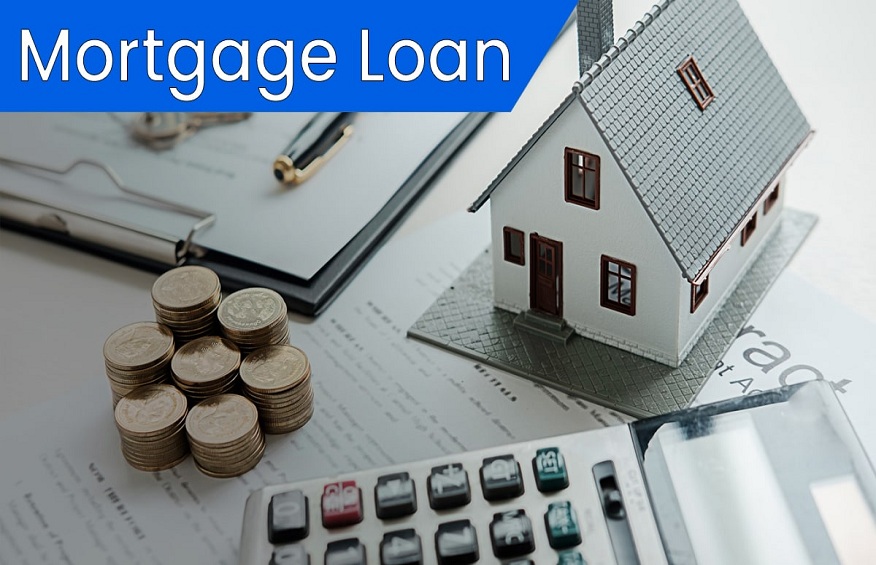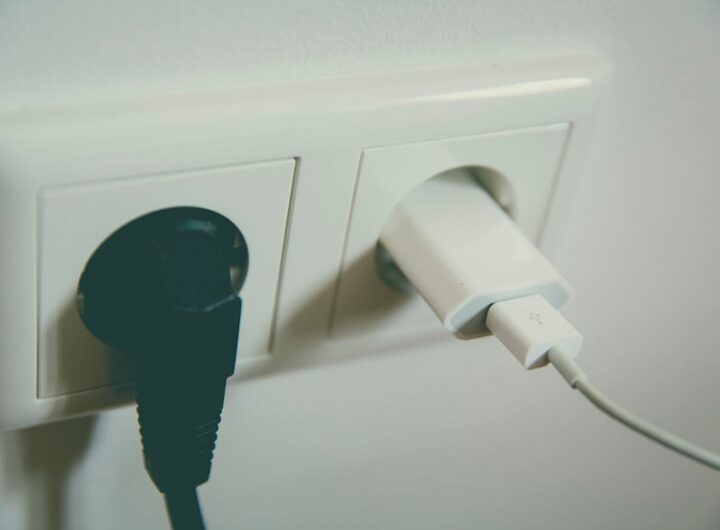
Purchasing a home is a significant milestone in many people’s lives. It represents stability, financial security, and the fulfillment of a long-cherished dream. However, for the majority of homebuyers, this dream is only attainable through a mortgage loan. When it comes to mortgage loans, one of the most crucial factors to consider is the interest rate. In this article, we will delve into the intricacies of mortgage loan interest rates, shedding light on what they are, how they are determined, and the impact they have on your overall homeownership cost.
What Are Mortgage Loan Interest Rates?
Before diving into the intricacies, let’s clarify what mortgage loan interest rates actually are. Simply put, these rates represent the cost of borrowing money from a lender to purchase a home. They are expressed as a percentage of the total loan amount and play a pivotal role in determining the monthly mortgage payment and the total cost of homeownership over the life of the loan.
The Determinants of Mortgage Loan Interest Rates
Understanding why mortgage loan interest rates fluctuate is essential for prospective homebuyers. Several key factors influence these rates, including:
1. Economic Conditions
The overall health of the economy is a primary determinant of mortgage interest rates. In a robust economy with low unemployment and steady growth, interest rates tend to rise. Conversely, during economic downturns, interest rates are often lowered to stimulate borrowing and economic activity.
2. Creditworthiness of the Borrower
Lenders assess the creditworthiness of borrowers to determine the level of risk associated with lending to them. Individuals with higher credit scores typically qualify for lower interest rates, as they are considered less likely to default on their loans. On the other hand, borrowers with lower credit scores may be offered higher interest rates or face challenges in securing a mortgage loan.
3. Loan Term
The length of the mortgage loan term also plays a role in determining the interest rate. Generally, shorter-term loans (e.g., 15-year fixed-rate mortgages) tend to have lower interest rates compared to longer-term loans (e.g., 30-year fixed-rate mortgages). This is because lenders assume less risk with shorter loan terms.
4. Market Conditions
Mortgage interest rates are influenced by supply and demand dynamics in the financial markets. When demand for mortgage loans is high, interest rates may rise. Conversely, when demand is low, rates may decrease. Factors such as investor sentiment, inflation expectations, and government policies can also impact market conditions and, subsequently, interest rates.
The Impact of Mortgage Loan Interest Rates
Now that we have a grasp of what determines mortgage loan interest rates, let’s explore their far-reaching impact on homeownership costs.
1. Monthly Mortgage Payments
The most immediate and noticeable impact of interest rates on homeowners is the monthly mortgage payment. Higher interest rates translate into higher monthly payments, making homeownership more expensive. Conversely, lower interest rates result in more affordable monthly payments, potentially enabling buyers to purchase a more expensive home or save money over the life of the loan.
2. Total Interest Paid
Over the life of a mortgage loan, the interest paid can be substantial. Even a small change in the interest rate can lead to significant differences in the total interest paid. Homebuyers who secure loans with lower interest rates will pay less interest over the loan term, saving them money in the long run.
3. Home Affordability
Interest rates directly affect the affordability of homes. When interest rates are low, homes become more affordable for a broader range of buyers. This can lead to increased competition in the housing market, potentially driving up home prices. On the flip side, higher interest rates can reduce home affordability, potentially causing home prices to stabilize or even decrease.
4. Refinancing Opportunities
Interest rates also impact the potential for homeowners to refinance their mortgages. When rates are low, homeowners can refinance their existing loans to secure a lower rate, reduce monthly payments, or shorten the loan term. This can result in substantial savings over time.
Strategies for Navigating Mortgage Loan Interest Rates
Given the significant impact of interest rates on the cost of homeownership, it’s essential for prospective buyers to employ effective strategies:
1. Improve Your Credit Score
Before applying for a mortgage loan, work on improving your credit score. A higher credit score can make you eligible for lower interest rates, potentially saving you thousands of dollars over the life of your loan.
2. Shop Around for Lenders
Don’t settle for the first lender you encounter. Shop around and obtain quotes from multiple lenders to compare interest rates and loan terms. This allows you to find the best deal for your financial situation.
3. Consider the Loan Term
Think carefully about the loan term that suits your needs. While shorter-term loans typically have lower interest rates, they also come with higher monthly payments. Choose a term that aligns with your financial goals and budget.
4. Monitor Market Conditions
Keep an eye on economic and market conditions. If interest rates are trending downward, it might be an opportune time to lock in a favorable rate. Conversely, if rates are on the rise, you may want to act quickly or consider alternative loan options.
Conclusion
Mortgage loan interest rates are a critical factor in the cost of homeownership. Understanding the determinants of these rates and their impact on your finances is essential for anyone looking to purchase a home. By making informed decisions, improving your creditworthiness, and staying vigilant in monitoring market conditions, you can unlock the cost of homeownership and achieve your dream of owning a home with a mortgage loan interest rate that suits your financial goals.

 Financing Your Dream Home: An Introduction to Construction Loans
Financing Your Dream Home: An Introduction to Construction Loans  Reasons to Consider a Concrete Patio for Your Outdoor Space
Reasons to Consider a Concrete Patio for Your Outdoor Space  Is Your Home Electrically Future-Proof? Here’s How to Tell
Is Your Home Electrically Future-Proof? Here’s How to Tell  7 Things Every Homeowner Should Know About Radon Testing
7 Things Every Homeowner Should Know About Radon Testing